10 books you need to read about the Bauhaus
For the Bauhaus 100 series, dezeen picked out 10 must-read books about the most influential art and design school in history, from classic volumes written by teachers, to contemporary titles that reveal its international influence.
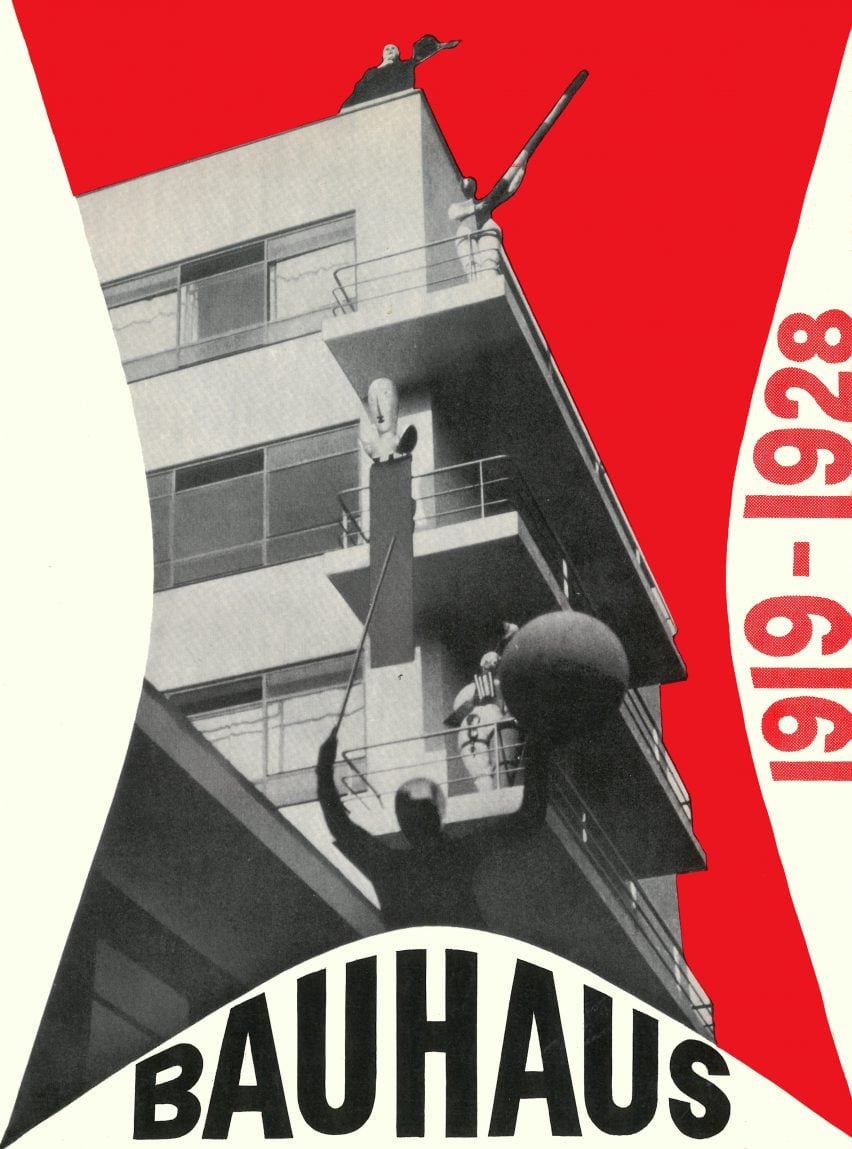
Bauhaus 1919-1928 by Herbert Bayer
Published by MoMA just five years after the closure of the Bauhaus in 1933, this book gives a insight into the curricular organisation of the interdisciplinary art school from Herbert Bayer, one of its teachers.
Offering details on everything from the furniture and typography workshops to and the courses taught by artists like Paul Klee and Wassily Kandinsky, the book also includes numerous sketches, photographs, and even excerpts from student notes.
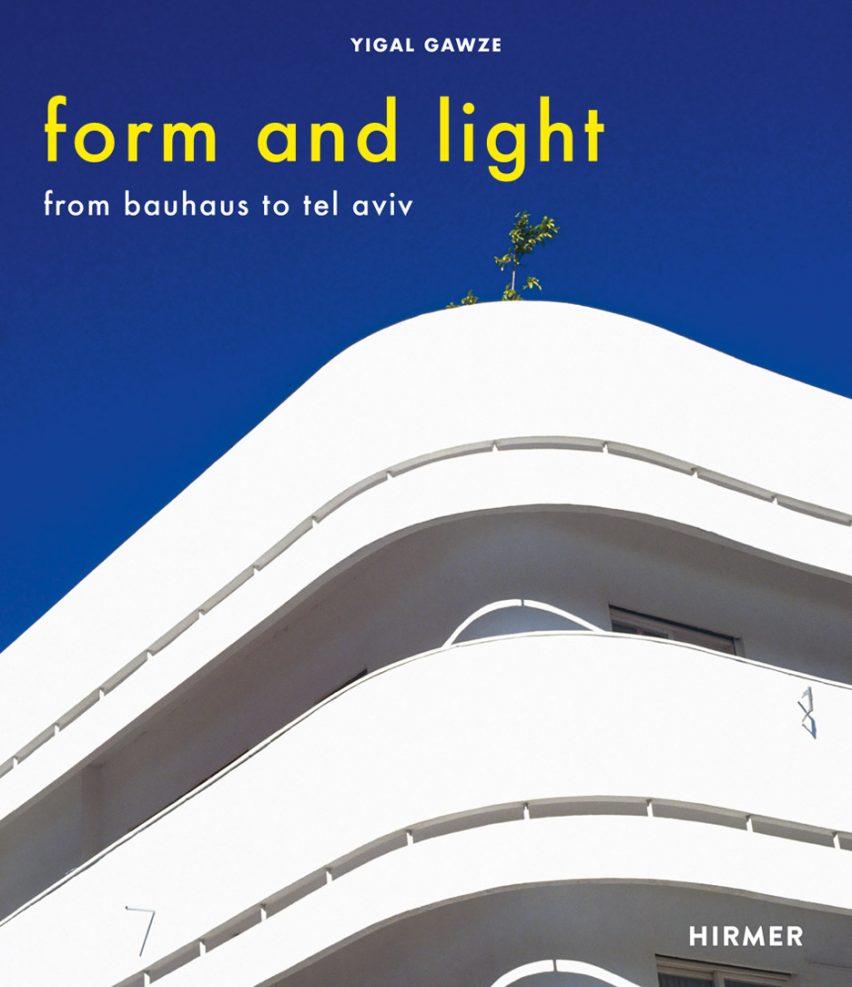
Form and Light: From Bauhaus to Tel Aviv by Yigal Gawze
Moving away from Bauhaus’ German roots, Yigal Gawze’s photography book focuses on Tel Aviv’s White City – a UNESCO World Heritage site which boasts some of the movement’s best-preserved architecture.
The hardcover publication has 100 colour images that each show how the structures look now in a modern urban setting, and the way they interact with the Israeli city’s dazzling natural light.

Bauhaus Women: Art, Handicraft, Design by Ulrike Muller
Ulrike Muller’s title shines a light on the work of 20 women who heavily influenced Bauhaus, yet at the time went largely unrecognised.
Showcasing the school’s female architects, photographers, painters, designers, and sculptors, the book includes prolific figures such as Anni Albers, as well as lesser known artists like Helene Borner, who headed up the school’s textile workshop.
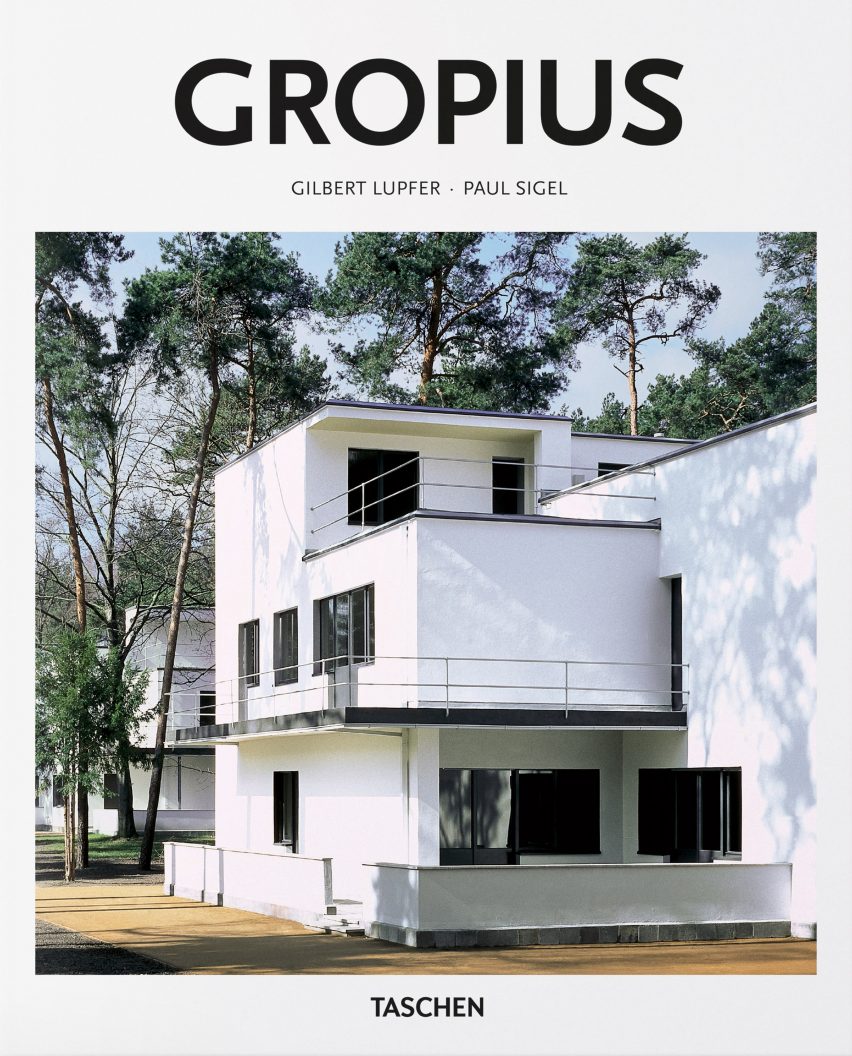
Gropius by Gilbert Lupfer and Paul Sigel
This book published by Taschen hones in on the life, work, and lasting influence of Bauhaus founder Walter Gropius, chronologically exploring 20 of his major projects including the Bauhaus’ home in Dessau, Harvard University Graduate Center and his proposal for the Chicago Tribune Tower.
Looking beyond his role as the founder of the school, the book explores how Gropius and Ludwig Mies van der Rohe pioneered the International Style architectural movement.
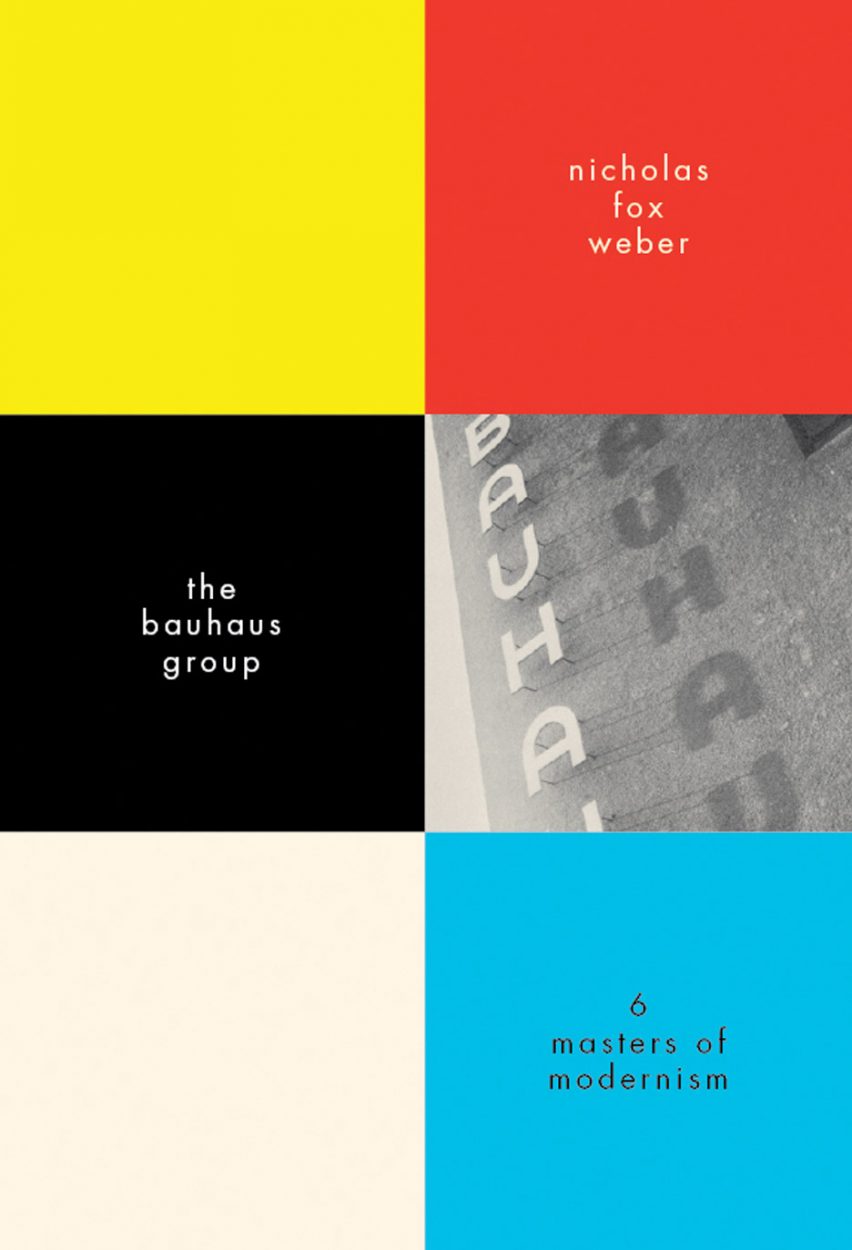
The Bauhaus Group: Six Masters of Modernism by Nicholas Fox Weber
Albers Foundation director Nicholas Fox Weber offers a personal insight into Bauhaus with this title, which relates stories he was told by Anni and Josef Albers – the revered married couple who studied and taught at the school.
Written in biographic style, the book explains the group’s unswerving focus on creating art and architecture.

Cape Cod Modern by Peter McMahon and Christine Cipriani
For those after some wider reading on Bauhaus, this photography book takes readers to Cape Cod, where Walter Gropius and his wife Ise hosted several of the movement’s masters like Marcel Breuer, László Moholy-Nagy, and Bayer during the summer of 1937.
As members of the design school returned to the American fishing town over the years to build their own holiday homes, the title tracks how the unassuming destination eventually became a hotbed of modern architecture.
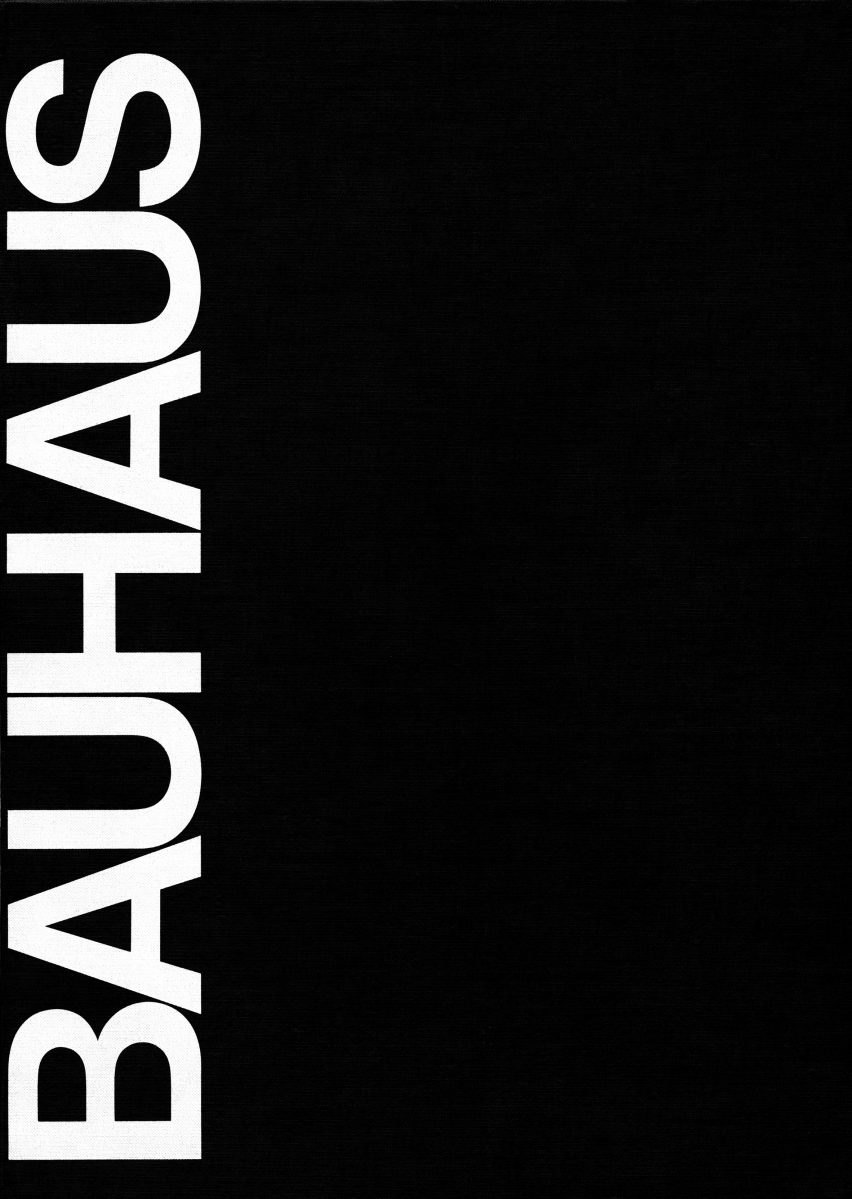
Bauhaus: Weimar, Dessau, Berlin, Chicago by Hans M Wingler
Originally published in 1978, Bauhaus: Weimar, Dessau, Berlin, Chicago is regarded as one of the most extensive texts on the design school. Pulling from a diverse range of sources – from manifestos, to German government documents and private letters – it gives readers a thorough insight into the movement and its surrounding context.
Visuals include architectural plans, paintings, product models and formal portraits of Bauhaus’ key figures.
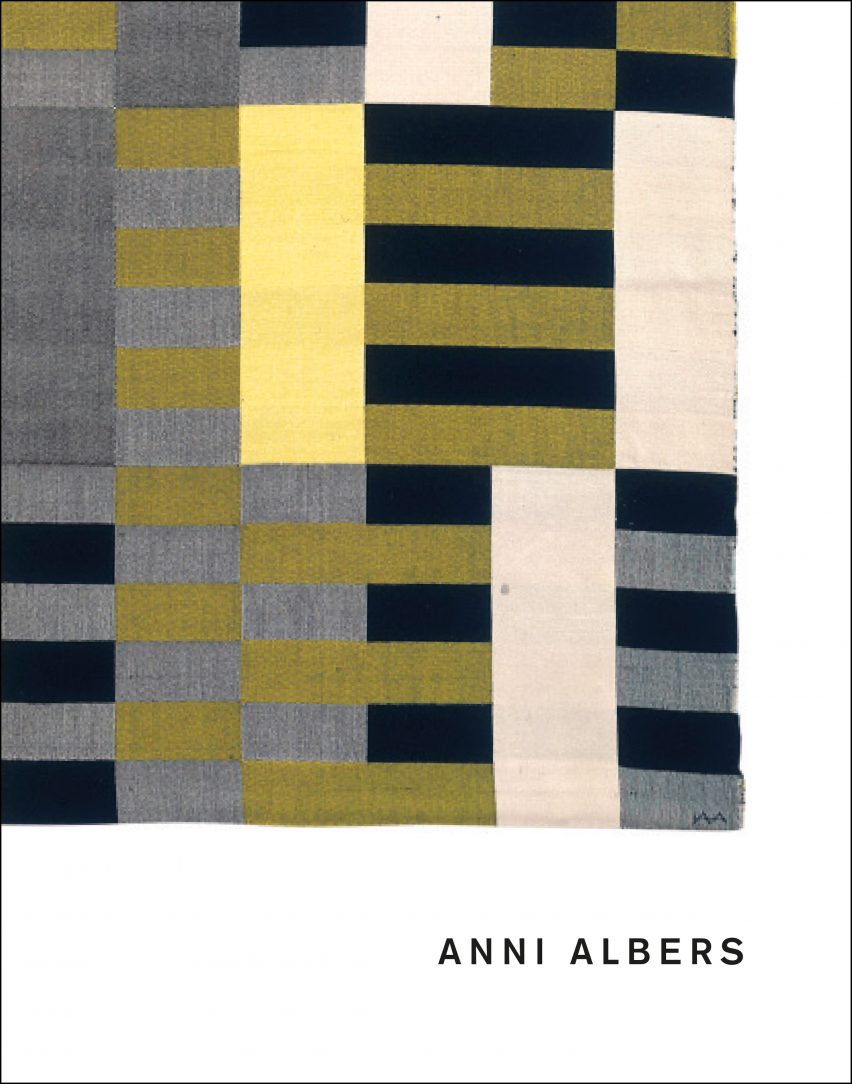
Anni Albers by Ann Coxon
Wall hangings, prints, jewellery, and drawings are the focus of this book, which celebrates Anni Albers as one of the most influential figures of 20th-century textile art and design.
Showcasing works from her time at the Bauhaus and years spent at the experimental Black Mountain College, the title also includes essays from international experts that discuss the wider context and themes influencing Albers’ work.
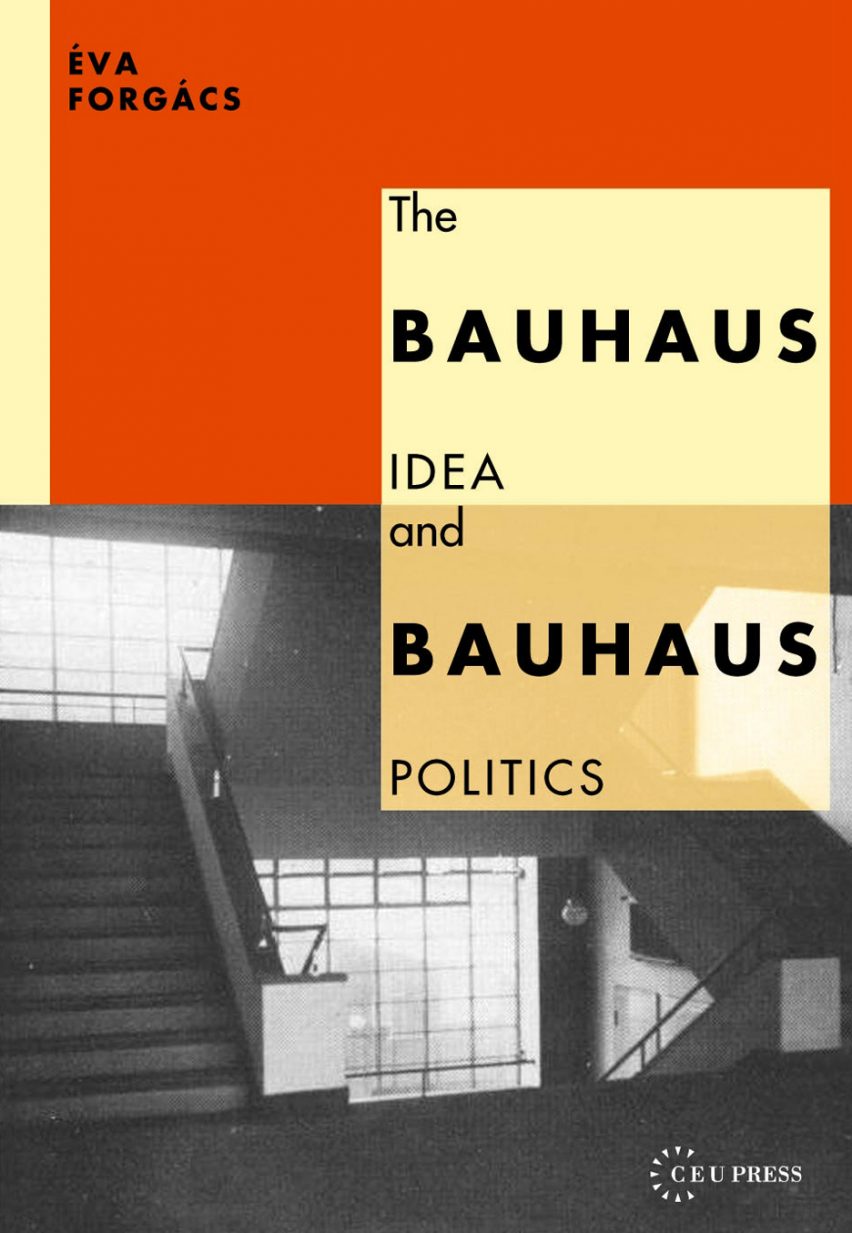
The Bauhaus Idea and Bauhaus Politics by Éva Forgács
Forgács forgoes examining the architecture or design products to emerge from the Bauhaus, and instead looks at the political climate surrounding the school during its most prolific period.
Covering everything from the Weimar Republic to Gropius’ departure as director, the recently-revised book now also includes a chapter discussing the movement’s impact on Russia.

Bauhaus Architecture 1919-1933 by Hans Engels
Comprised of over 120 colour images, this book sees photographer Hans Engels capture the surviving Bauhaus buildings in European cities like Barcelona, Prague, Budapest, and Vienna.
The title showcases both major and lesser-known projects, portraying the full range of architecture to emerge from the school.
